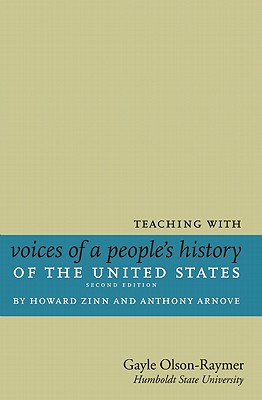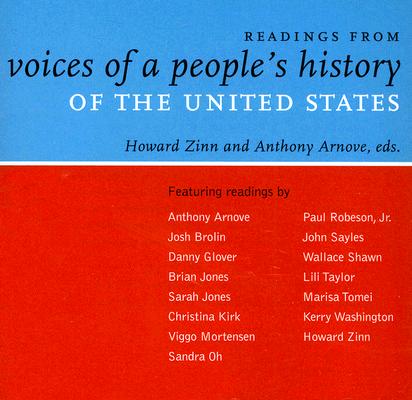 The first chapter in Voices of a People’s History provides students with a perspective that many have never encountered. By reading the words of Christopher Columbus, Bartolomé de Las Casas, and Eduardo Galeano, students experience a wide array of emotions. The ensuing discussions may be painful, yet they are also enlightening. These previously unheard perspectives tell them more about the Arawak people and in so doing, encourage students to use their own voices by asking, “Why haven’t I heard these voices before? Why have I only learned half of the story of Columbus and European contact? How could the Spanish have committed such atrocities?”
The first chapter in Voices of a People’s History provides students with a perspective that many have never encountered. By reading the words of Christopher Columbus, Bartolomé de Las Casas, and Eduardo Galeano, students experience a wide array of emotions. The ensuing discussions may be painful, yet they are also enlightening. These previously unheard perspectives tell them more about the Arawak people and in so doing, encourage students to use their own voices by asking, “Why haven’t I heard these voices before? Why have I only learned half of the story of Columbus and European contact? How could the Spanish have committed such atrocities?”
 Some students insist that their previous teachers have “lied” to them. Others believe that their teachers may not have had a complete understanding of the story of Columbus or that they simply never learned the history. In the end, most students agree that an honest, balanced presentation of a diversity of voices is absolutely essential in classroom discussions at all levels of education-elementary, secondary, and post-secondary.
Some students insist that their previous teachers have “lied” to them. Others believe that their teachers may not have had a complete understanding of the story of Columbus or that they simply never learned the history. In the end, most students agree that an honest, balanced presentation of a diversity of voices is absolutely essential in classroom discussions at all levels of education-elementary, secondary, and post-secondary.
Reprinted from Teaching with Voices of a People’s History of the United States, published by Seven Stories Press.












Twitter
Google plus
LinkedIn